
It’s no longer enough as event organizers that we create space and then step back and let our attendees do their social work. We have to make it easy for them.
Author: Beth Sulmont
Stickers that show whether they’re a cat person or a dog person, or a button to share something they’re really good at, are easy and fun ways to incorporate sharing into your campaign.
 Our lives are becoming increasingly digital, and most of our communication is now done through typing. Whether texting with friends and family via Zoom, Teams or Slack at work, or chatting using AI tools, we all spend a lot of time “talking” without even opening our mouths. It scares me a little because it’s so simple Digital interactions make it more difficult for us to communicate face-to-face. By typing we can edit and improve our text and add GIFs and emoticons to make our chats more interesting and engaging.
Our lives are becoming increasingly digital, and most of our communication is now done through typing. Whether texting with friends and family via Zoom, Teams or Slack at work, or chatting using AI tools, we all spend a lot of time “talking” without even opening our mouths. It scares me a little because it’s so simple Digital interactions make it more difficult for us to communicate face-to-face. By typing we can edit and improve our text and add GIFs and emoticons to make our chats more interesting and engaging.
Most importantly, research, including Forbes Health A survey of 2,000 people shows that after the coronavirus lockdown, we no longer practice face-to-face interactions and how to overcome the difficulties of starting a conversation, and the situation is worse.
Fortunately, there are some solid design strategies for introverts that we can use to lower these barriers and make networking easy for people of all personalities. Here are five easy-to-implement suggestions.
Reflect before connecting— We’re all familiar with pre-departure emails packed with logistical details, but we can also prepare our audiences to have meaningful conversations when they arrive. Some questions about identifying what someone wants from the event or reflecting on the solutions they are seeking can get our participants into the right frame of mind when attending the event.
Instant Connector— Stickers that show whether they’re a cat person or a dog person, a button to share something they’re really good at, or a question to get things rolling are all simple and fun ways to inject effortless sharing into your event. I recently had an experience where when we were checking in at registration, we selected the JabberYak question button for the icebreaker game. We have options like “Where is your favorite place to travel?” and “What’s the best gift you’ve ever received?” These immediately lead to relaxed conversations over social breakfasts – plus the fun chat is a huge energy boost in the morning.
“Small chat proof” of your activity— Take a step back and map out all the chat pain points at the event and insert something to spark discussion. For example, sitting next to a stranger at lunch can often be awkward—conversation menus are a great way to make people more comfortable. Print a table-themed menu and suggest people discuss the themes during the meal. A combination of personal and professional issues will attract a lot of attention.
Today’s question—— This is a super simple strategy that goes a long way toward making interactions easier. At the start of each day, a notification pops up on the event app sharing the day’s questions so people can think about them as they prepare. You can also announce it on the main stage or list it at the top of the day’s agenda. In the breakfast line or on the shuttle bus, it’s helpful to create a focal point for people to share their thoughts. This question should create space for discussion, such as “What’s the best thing you’ve learned so far?” or “What surprised you about this event?”
Dialogue advocate—— We can engage extroverts by asking them to help create more conversation at our events. This can be an important role for early career professionals looking to build their own network. Advocates should watch for people standing alone during breaks and receptions and introduce them to others when they sit down for meetings. They should also be wary of anyone wearing a ribbon for the first time and make an extra effort to welcome them.
Developing social capital will continue to be an important part of the face-to-face value proposition, and the events that make this easy will be those that deliver great experiences.
Beth Surmont, CMP Fellow, FASAE, CAE, is vice president of event strategy and design at marketing, strategy and experience agency 360 Live Media.



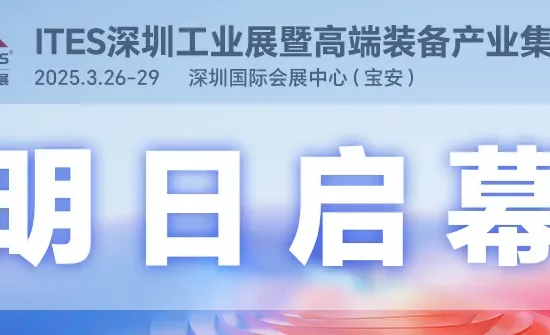


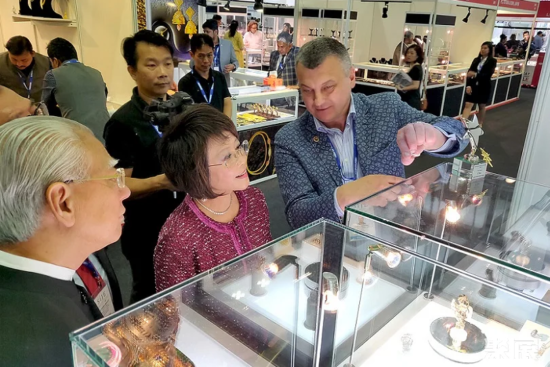
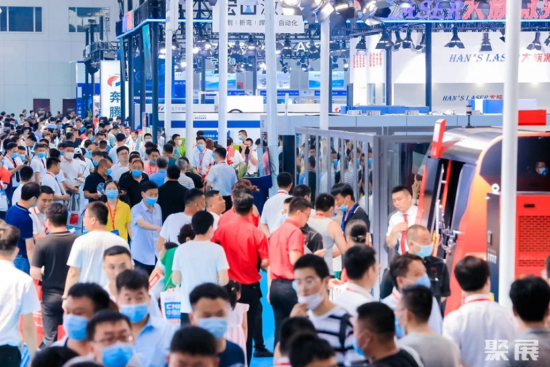
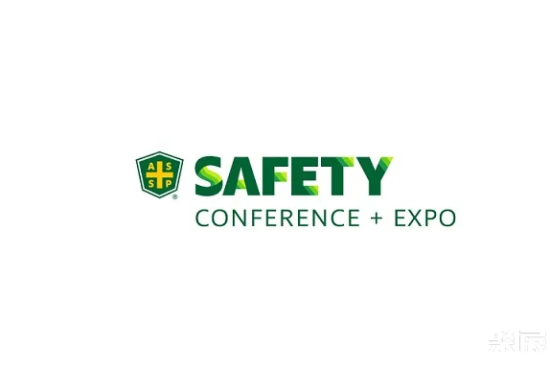
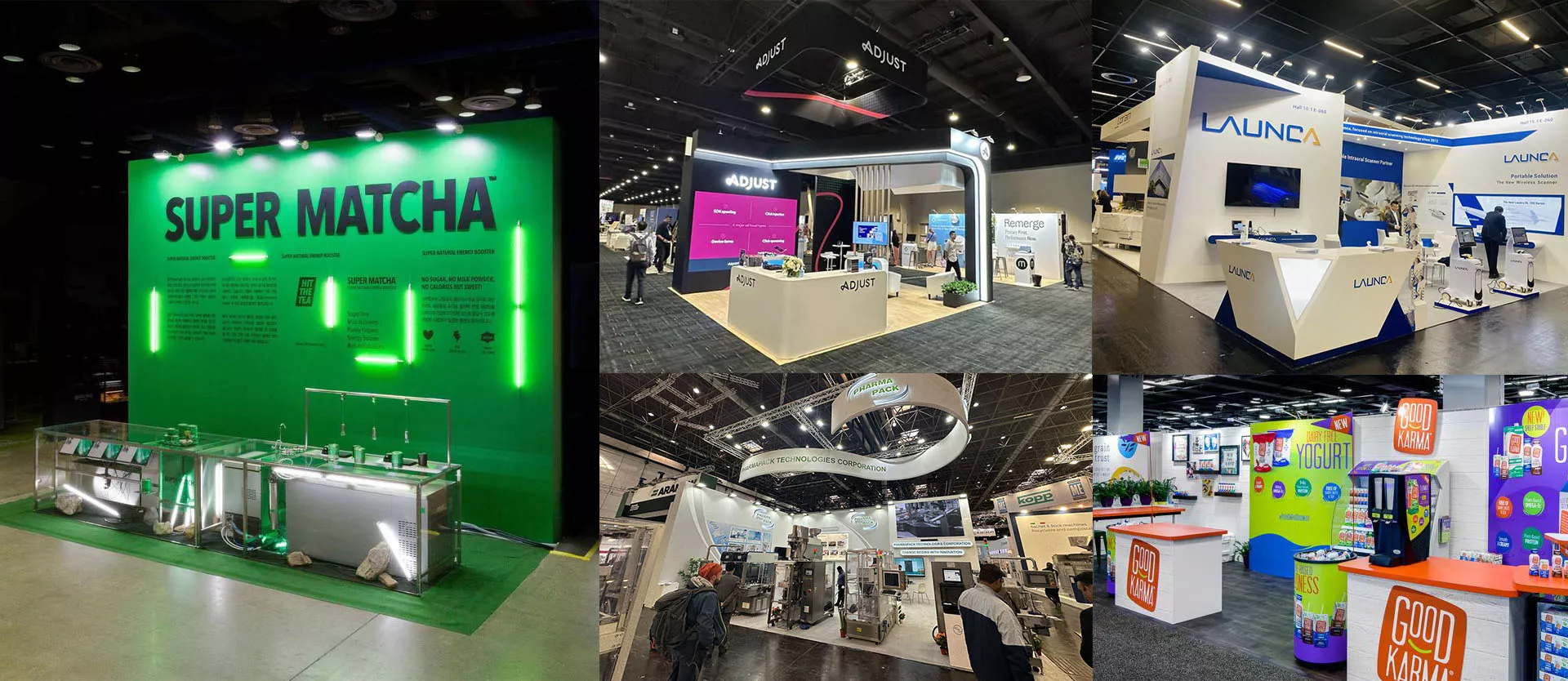
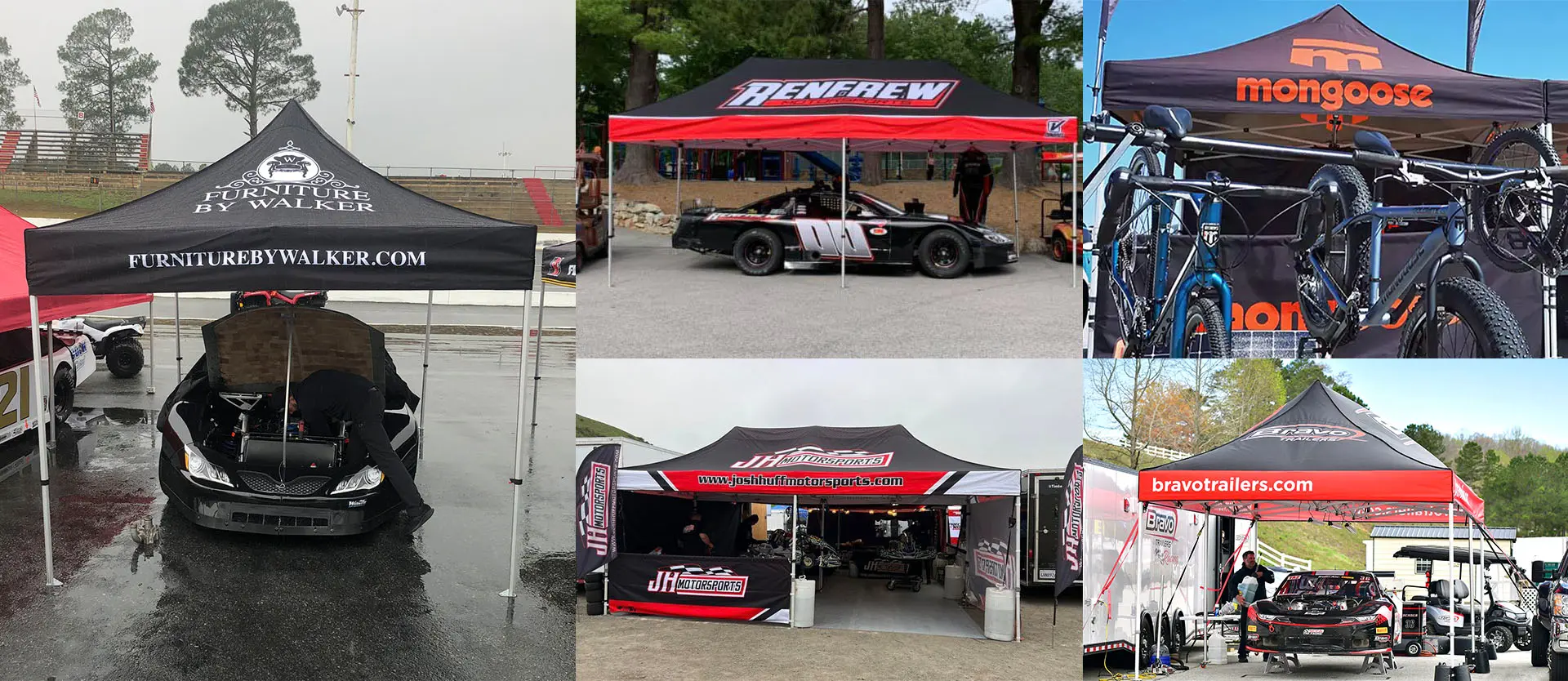
Leave a Reply Cancel reply
You must be logged in to post a comment.